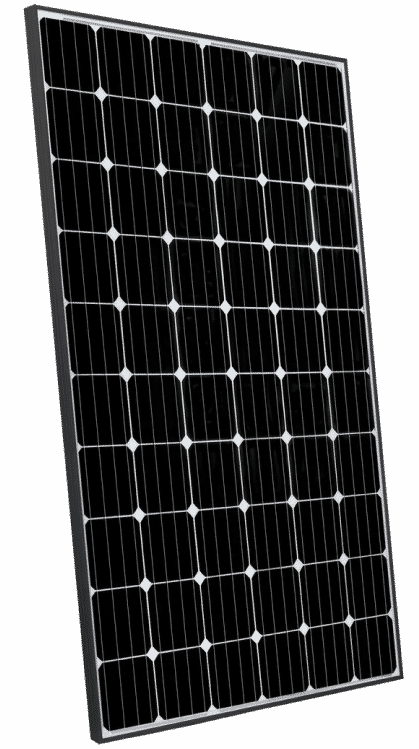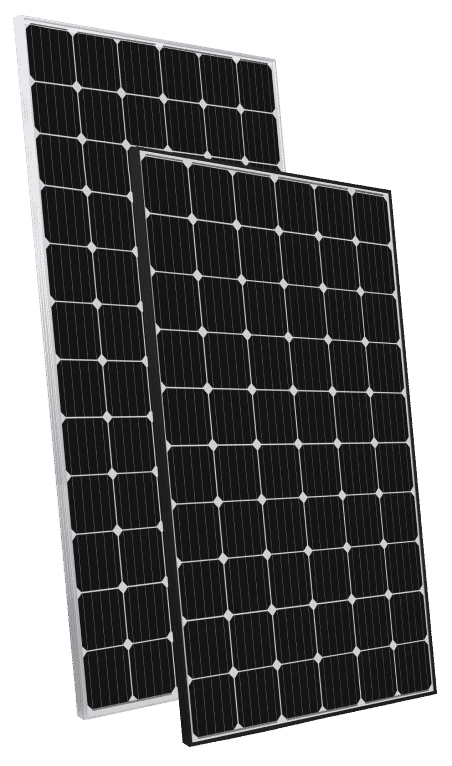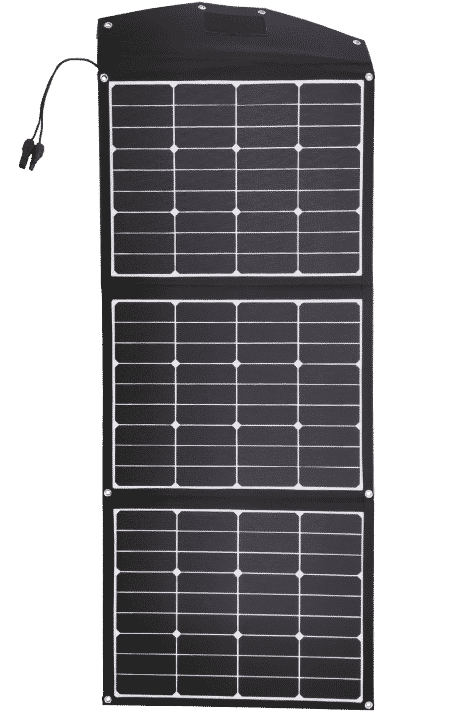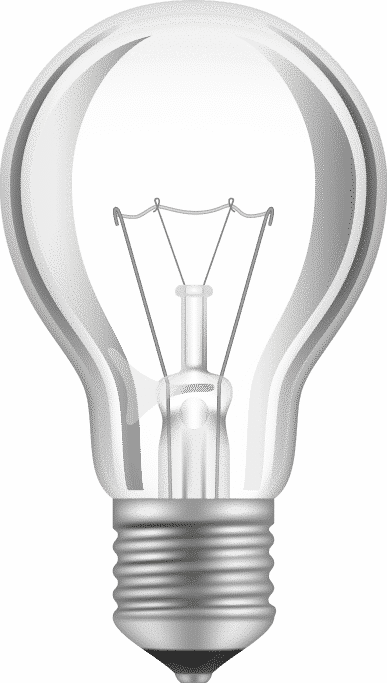Solar Inverters

Scroll down
What is a Solar Inverter?
The solar inverter absorbs the variable DC power output of the panels and converts it into an AC output high voltage of 120 or 240 volts.
Solar Inverters are used to replace the DC power generated by solar panels. It is important to note that all the appliances and devices at your home work on AC output, not DC power.
How does Inverter work?
This is technically how solar inverters work. The sun shines down onto your panels or PV cells. Solar panels
These layers absorb the sun’s rays when it shines. They then transmit that energy to the photovoltaic cell. The energy flows all around and hits electrons free. They then move between the positive and negative layers to generate direct current.
The energy storage will be in the battery for future use or sent directly to the solar converter.
Once you configure your off grid solar systems or wind energy electric scheme that supply power, you can use a grid tie inverter to connect it to your conventional electricity meter.
Your system automatically deducts out of your own electricity meter as you generate power, lowering your bill.
The energy transmitted to the solar inverter for the solar panels is in the form a direct current (DC); however your home needs an alternating current. The solar inverter collects the energy and then runs it through a transformer which produces an alternating current.
A solar inverter tricks the transformer into believing that the direct current is an alternating current. It forces it to behave like an alternating voltage.
The direct current is also run by the solar inverter via several transistors that can be switched on and off quickly. The transistors then supply backup power to the various sides of the transformer.
The inverter is an essential piece of equipment that works steadily over the life of your solar power system. A solar energy inverter generally comes with a 10-year warranty.
Different Types Of Solar Inverters
There are five types of solar inverters. Each one has its own benefits.
1. Central Inverter
This type of inverter can be used for large systems that require megawatts or hundreds kilowatts. The inverter is not intended for residential use and looks almost like a large metal cabinet. Each cabinet can handle approximately 500 kilowatts.
These inverters can be used commercially to power large-scale and utility-scale solar array. Central inverters, which have greater capabilities than string inverters and micro inverters, central inverters are commonly used in large industrial applications.
2. String Inverter
This is the most common inverter option that you can use for your home. There is generally one string inverter for every solar system. This is one of the three types of grid tie inverters. Grid tie inverters are typically equipped with a limiter that prevents the converters from exporting energy into the grid. String Inverter is the one connecting a set of panels to string then to the inverter.
Its name derives from the fact that it has a string of solar panel attachments.
3. Battery Inverter
This is the best choice for fitting a solar panel battery. It’s also ideal if the battery is to be kept separate from the panels. This inverter converts battery power into 230 AC, and then sends it to the switchboard.
4. Microinverter
This smaller inverter is about the same size as a book. The ratio of solar panel to microinverter is 1:1. This version of the solar inverter is more efficient at maximizing each solar panel separately than other types. Instead of evaluating the performance of the entire system, micro inverters allow you to compare how each panel performs on its own.
This can result in faster equipment servicing because it is easier to determine if a specific panel or micro inverter is failing.
It can provide more energy under overcast conditions, which is the best part about micro inverters.
5. Multimode or hybrid inverter
This option allows you to attach the batteries directly to your solar panel system. Direct current coupling is how hybrid inverters work with linked batteries.
DC coupling is when solar and batteries use a single one inverter, and the direct current from panels charges the batteries via the DC charger. Multimode inverter electronics are used to charge and discharge your battery.

Solar Panel Inverter Cost
In terms of pricing, solar inverters can’t be considered a single type of equipment. Because many solar companies include the cost of the inverter into the total cost of a solar power system, it is difficult to estimate the exact cost. Inverters are essential to solar power systems.
You can find stand alone inverters online, but the price range can vary between $1,500 to $20,000. This inverter is quite expensive due to many cost factors, including the following:
- The place where the equipment is purchased – Due to the availability of the product, shipping costs, and taxes, the price of an inverter will vary depending on where it is purchased. Because many solar companies include the cost of a stand alone inverter into the total cost of a solar power system, you would only be able to buy from third-party retailers.
- You have to choose the type of solar agreement that you want – Your solar agreement will determine how you pay for your system. It is based on the agreements available in your area.
- Your solar power system’s size – The modern inverter performance is generally affected by how large your solar system is. You should consider the price of equipment that can last years. However, quality should not be compromised.
- Any unique features that are specific to your area – A few solar inverters are designed with unique built-in features such as smart effectiveness, secure power materials, revenue-grade meters, and so on.
Do Solar Inverters Last Long
An advanced inverter can last between 10 and 25 years depending on its type. Some inverters can fail within a few years.
Inverter is susceptible to temperature fluctuations and electro-mechanical wear. Electrolyte evaporation in the case of capacitors is another concern. Wear can also be caused by:
- Over- and under-voltage
- Over-current
- Ultrasonic vibrations that originate from the cores inductive components
Inverter can either fail completely if one or more of its components stops working or it may reach a point where it cannot pass enough AC electricity to make it viable. In either case, the inverter should be replaced.


External Factors That Can Affect Lifespan
Inverters can be subject to more wear variables than solar panels. It depends on:
- They can be exposed to the elements or not
- How often maintenance was done over their life (e.g. keeping vents clean for heat dissipation)
- There are other factors that can affect their life expectancy.
How long can an inverter last? Before answering this question, you must consider all of the factors above, as well as the inverter’s daily running time. This can vary depending on where you live and how much sunlight you get.
We are still not able to answer the question “How long do solar inverters last?” because there is an additional factor we need to consider. That’s the type and brand of inverter that we’re working with.
Solar Inverter Repair
You can check if your solar inverter has a red or green light if you suspect it is having problems. When they are working properly and producing energy during the day, most inverters will display a solid green signal.
They will also display a red light during nighttime sleep mode. If you see a red light in the inverter during daylight, it could be a sign that something is wrong.
To find the exact error code, consult the user manual for your solar inverter. If you can repair it yourself. But if you are unsure, you should contact a professional. It is important that you choose a reliable installation company to install your solar inverter.

Why are Solar Inverters Important Components of Solar Power Systems?
Each home and every commercial property have different solar needs. Calculating the power that you would typically require is a great way to determine what kind of solar inverter you need.
It is worth noting that photovoltaic converters are considered the brains for solar power systems. Without them, the whole solar energy system will not function as it should.
Solar inverters serve two primary purposes:
- Optimizing power output
- Safe system operation
- Monitoring the power output of your sun power system
- Convert DC to AC electricity
- Interacting with the grid tie inverters.
Why do you need an inverter for solar panels?
The layers of solar panels are generally made up of two layers: the main silicon semiconductor layer wired together with a separate non conductive layer between. Photons from sunlight activate the electrons in the upper silicon layer. These electrons, once activated, attract to the atoms of the bottom semiconductor layer. They travel through the wire in one direction to reach the bottom layer creating a charge or current flow also known as DC or direct current.
It is necessary to convert solar energy into AC in order to make it safe to be used throughout the home and back fed into a utility network. A solar inverter is necessary to convert the solar energy into AC electricity. They are the most efficient and maintain the system’s peak performance.
Grid Tie Solar Inverters
It is an excellent opportunity to learn how solar grid tie inverters function. It is a great way of determining if your grid-tie system is functioning properly. This will also help you to maintain its performance throughout its lifetime.
Here’s how inverter for solar grid tie works:
Solar panels capture the sun’s rays and produce a direct current (DC).
The DC is then converted to alternating current (AC), so that your home can harness the electricity. The power inverter you have installed converts the DC into alternating current (AC).
Any excess power used in your home is returned to the utility grid.
This will cause your meter to go backwards and significantly reduce your electric bill. You can now use efficient and clean solar power.
These processes are quiet and automatic, which is just one of many benefits of a solar tie-inverter system. This is a method of sending back renewable electricity, and it is a great way to save electricity.
Which is the best inverter for solar home installations?
If you are looking to integrate solar battery storage or have more complicated systems, DC power optimizers will give you the best value.
Off-grid solar means getting all of your energy from the sun, without relying on the power grid. To accomplish this, you must install a solar energy system in conjunction with an energy storage unit, such as a solar battery, at the location of power consumption.
These devices allow you to monitor your panels’ performance and maximize your solar systems potential. They also don’t cost as much as microinverters. Nevada Solar Group DC input power company grid optimizers are the best on the market.
Despite this, we must admit that the Nevada Solar Group microinverter is quite impressive. The Nevada Solar Group microinverter is the first to allow your solar panels to stay on even if there’s no power grid.
This is an important deal for homeowners who live near power grid outages and can’t spend $10,000 more. to provide solar battery backup power.
The solar inverters setup that works best for you and the cost of it all will depend on your particular situation. Nevada Solar Group recommends contacting our local solar experts contractors for quotes to help you determine the right type of solar inverters for your home.
We can evaluate your roof and excess energy usage to determine which one is best. Our solar panel calculator makes it easy to compare quotes from reliable installers close to you.

Contact Us For A Free Solar Quote
First name is required
Last name is required
Email is required
Phone is required
Please enter a valid property address
Property address is required
Schedule Your Appointment
ATTACH YOUR UTILITY BILL (optional)
Some information is missing or is incorrect, please fix the issues above and resubmit.
Thank you for your request
Your appointment has been added to our calendar.
The consultation will be online or over the phone. Please prepare a copy of your electric bill or energy usage history for your consultant to give you the most accurate proposal.